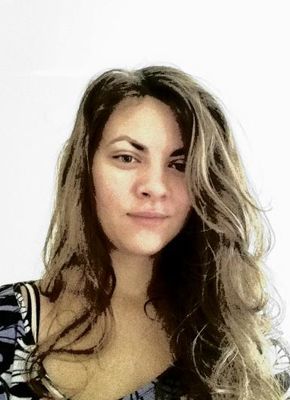
By Nina Simons
A hotel website is not a pretty banner that showcases the facility’s best assets – it’s actually the place where the guest experience begins nowadays. Through design and content, the website can present your hotel and the experience it offers effectively, making it your best tool for establishing trust and encouraging direct booking.
Now, we can have different opinions on which website “looks good” and which details of its design we like. But our subjective opinions on the intricacies of design are completely irrelevant to the question of conversion. The user experience is what essentially drives conversions, and a good website design guides the experience effortlessly. It’s about understanding what your guests are looking for on your website, how they use it, and how certain elements of design can entice them to book.
What’s important for driving conversions?
Optimizing usability is what will guide the website design through and through. Even the things such as the colour palette and typeface are most effective when chosen in regards to the overall user experience. You’re clearing the path to conversion through design, hence the most important aspects of hotel website design that can’t be overlooked:
- Mobile-first
This is the most obvious and absolutely unavoidable part of modern web design for any industry. Mobile has already taken over, and researchers estimate that by 2019, 70% of all online travel bookings will be made on mobile devices. While responsive web design and mobile optimization are normative, it’s best to start designing hotel websites for the mobile-first experience, considering that that is how they will be predominantly accessed.
- Important information emphasized
Considering that the majority of people rely on search engines when planning trips, you can expect that they’ve already done a bit of research and they’ve landed on your site to look for deals, compare prices, seek specific amenities, book directly, etc. Make this information clear and visible and use typography to emphasize it. Don’t forget to provide the phone number and address at a visible place. It’s equally important on mobile and desktop, and we can’t assume that your website visitors won’t ever wish to call you. They are there looking for information, and this is very much like your name tag.
- Effortless navigation
This is the pinnacle of optimizing the user experience, and something that really separates the work of the best web design companies from those that are just average. That’s because effortless navigation entails articulate design which ultimately guides the user’s actions without them really feeling guided. Simplify the menu, include directional cues (arrows and visual pathways), highlight the availability search button, and make sure that the booking process is simple and efficient (always shorten your forms to avoid site abandonment).
- Visual storytelling
People visit your hotel’s website to get an idea of what a stay at your facility would feel like, and they rely on photographs more than anything. The importance of having high-quality images of the interior and exterior that give a clear idea of the spaces can’t be emphasized enough. But that’s not all: the images are not just there to exist in high resolution; their aim is to tell a story. Too many hotel websites use generic stock photos or even their own photos that tell absolutely nothing. Convey your message and use visuals to entice the user’s imagination and make them feel the atmosphere.
- Call to action
Your call-to-action button is there to grab the user’s attention and encourage them to book directly. It’s an extremely important part of your website and it’s supposed to guide the user effortlessly toward their next step, so you’ll need to draw their eye towards it. Contrast matters a lot here, and keep in mind the tunnel vision effect when directing the users towards your CTA.
Now that we have the basics covered, let’s look at some hotel web designs that do a marvellous job.
Casangelina There’s a hotel website that conveys the atmosphere of the stay incredibly well. The entire design – the hero images, whitespace, typography, etc. all tell a story of the guest experience and immerse the user, encouraging them to continue exploring. There’s also background music which is a matter of preference and definitely not for all hotels. The “book now” button – spot on; it’s completely unobtrusive yet the first thing your eye is drawn to. There’s relevant information below the fold, including the contact details.
Dedeman Hotels & Resorts International Notice the images used to represent an entire chain of hotels and convey a message about the brand – simple, bold, and effective. You’re instantly guided to all the bits of information you may be looking for: contacts, the “about us” section, special offers, and categories dedicated to their different hotels and venues. It’s simple and unobtrusive, with a very clear system of navigation and emphasized booking engine.
Tofino Resort Here’s a beautiful and immersive website that entices the user’s imagination and encourages them to book right from the start. It truly tells a story with its powerful imagery and uses Parallax to emphasize the atmosphere, but it doesn’t stop there – the typography, pictograms, layout, and logo all contribute to the overall message the website is conveying. The “book now” button is placed at the top right-hand corner, where the user looks straight away, and the menu categorization presents one of the most beautiful examples of conciseness and simplicity. This is a website to take notes from.
Take some time to explore these three websites and feel the experience yourself, keeping in mind the main points we’ve previously mentioned. Needless to say, you can try it both on your phone and desktop. It’s important to get a feel for these things as well as to know the technicalities behind them so that you can actually meet your potential customers’ expectations. You can apply all these principles to your own website, telling your own authentic story and pulling the visitors in.


